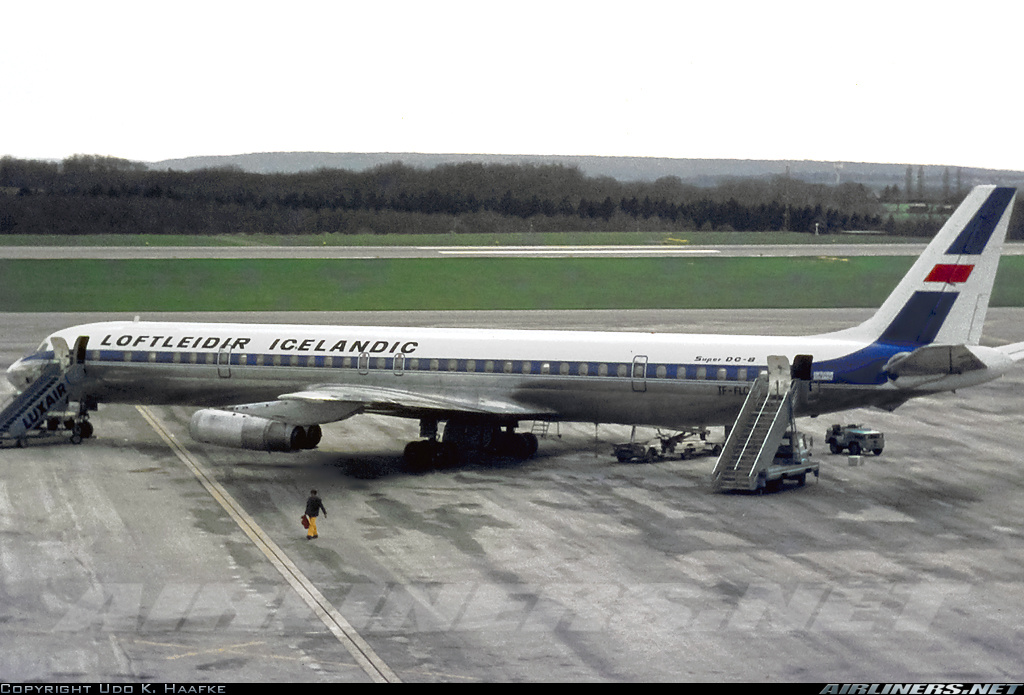I pulled into Istanbul by the Orient Express on Sunday, September 27, completely exhausted by the trip. I was glad that I had the promise of free, upscale accommodations and didn’t have to immediately search out a hotel. As my new American friend had predicted, the couple who taught at the American University welcomed me warmly. They seemed pleased to have a resident hippy for a couple days; we all went to a party, and they introduced me to all their international set of friends.
They invited me to stay longer, but I was feeling fully recovered from my ordeal on the Orient Express and ready to move out on my own. I moved to a clean hotel, the Sultanahmet, near the Blue Mosque. For the next few days, I did some of the usual tourist activities. My hotel was close to some of the major attractions. The Topkapi Palace was dazzling in its beauty and filled with priceless treasures. I wandered through the huge covered bazaars. I spent time in the great Blue Mosque.
By far the highlight of my visit to Istanbul was Hagia Sophia, the Church of the Holy Wisdom, built between AD 532 and 537 as the greatest cathedral of the Eastern Orthodox Church. As a Christian place of worship, it was decorated with stunning frescoes and mosaics. When the city fell to the Ottoman Empire in 1453, the structure became a mosque and all the Christian imagery was either destroyed or covered over with plaster. During the era of the Turkish Republic, the mosque became a museum and the remaining Christian art was exposed to view until July 24, 2020 when it reverted to being a mosque and the artwork was hidden from view.


During this period I also began to research buses from Istanbul, Turkey to Tehran, Iran. Honestly, I was not looking forward to this leg of the journey, a four-day trip of 1,500 miles as the lone Westerner on a bus traveling across the entire width of Turkey and nearly half the width of Iran. Up until now, I was fairly confident of finding someone who spoke either English or German. I knew that would not be the case going forward.












